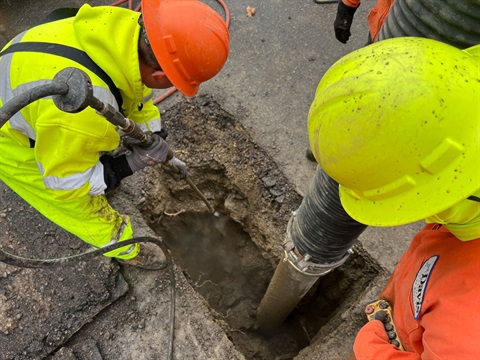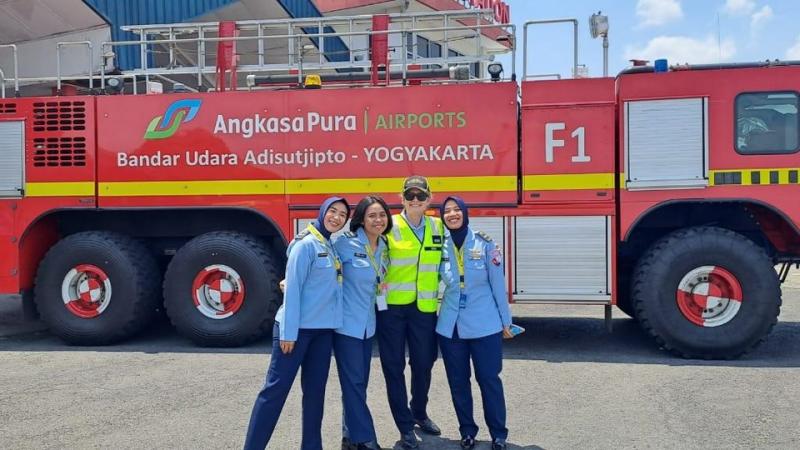The World Health Organization (WHO) has released .
Antimicrobial resistance (AMR) occurs when bacteria, viruses, fungi and parasites no longer respond to medicines, making people sicker and increasing the spread of infections that are difficult to treat, leading to illness and deaths. It poses distinct risks to women and girls, particularly in low-resource settings. The guidance offers practical recommendations to guide countries in the design, implementation and monitoring of national action plans (NAPs) on AMR to make them more gender responsive.
“Gender influences people’s exposure to infections, what they do to prevent infections and whether they seek timely care or try to treat themselves,” said Anand Balachandran, Unit Head for ³Ô¹ÏÍøÕ¾ Action Plans and Monitoring and Evaluation in WHO’s AMR division. “Yet the majority of national action plans on AMR do not mention sex or gender. Implications for the design of AMR interventions are seldom considered. This guidance lists 20 recommendations to change that,” he added.
Women and girls face higher barriers in accessing health care, making them more vulnerable to complications from drug-resistant infections. A complex mix of biological, social, cultural and economic factors is behind these obstacles. In many low-income regions, the role of women and girls in food preparation, caregiving and water collection may increase their exposure to drug-resistant pathogens. Women also make up 70% of the global health workforce, exposing them to dangerous pathogens. Higher rates of sexual violence can also drive increased risk of drug-resistant sexually transmitted infections among women.
The risk and impact of drug-resistant infections for men should not be overlooked. Male-dominated professions such as animal husbandry, industrial farming and slaughterhouses expose men to antibiotics and drug-resistant pathogens. Perceptions that men should be the primary income earners, as well as time constraints that come with regular employment, can contribute to men delaying seeking diagnosis and treatment for infections, particularly for multidrug-resistant tuberculosis. Negative experiences with the health system, stigma and discrimination can deter both women and men who have sex with men from seeking diagnosis and treatment for sexually transmitted and urinary tract infections.
Gender is also associated with major differences in diagnosis and treatment. Overall, women are 27% more likely to receive antibiotics throughout their lifetime than men. Female doctors tend to adopt a more conservative wait-and-see approach to prescribing antibiotics compared to their male counterparts. Recommendations on how to best use antibiotics made by male pharmacists are more likely to be accepted than those made by their female colleagues. In addition, cultural norms that limit women’s decision-making power and financial independence often push them towards self-diagnosis and inappropriate treatments, exacerbating the persistence of resistant infections.
WHO’s guidance comes at a critical juncture. Over 170 countries have developed AMR national action plans by 2024, but only 27 disaggregate relevant data by sex, geographic location, income and other characteristics. The absence of gender-disaggregated data represents a critical barrier to addressing inequalities through tailored health interventions and inclusive policy frameworks.
Specifically, the guidance outlines for Member States, aimed at identifying and addressing gender-specific vulnerabilities, embedding gender analysis into AMR research, and promoting equitable access to antibiotics. These recommendations include promoting participation of women, men and vulnerable groups in multisectoral AMR coordination mechanisms, strengthening data collection efforts around AMR and gender, and establishing indicators in NAPs to monitor progress on addressing gender inequalities. This work was kindly funded by the Fleming Fund, a UK Aid programme by the UK’s Department of Health and Social Care.

WHO’s guidance serves as a precursor to the , scheduled to take place during the 79th United Nations General Assembly (UNGA) in September 2024. This meeting provides an important opportunity for global leaders to collectively and inclusively address AMR.







